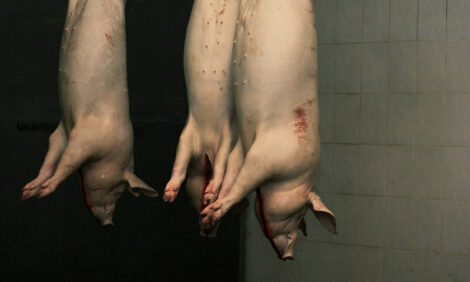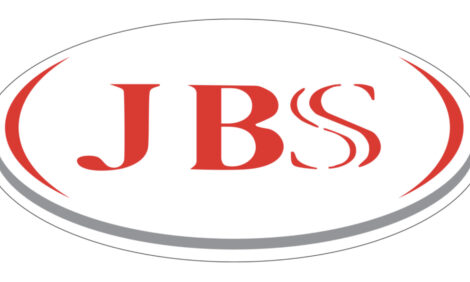



New vaccine developed for porcine reproductive and respiratory syndrome virus
A recent paper in Porcine Health Management shows that a live virus vaccine for porcine reproductive and respiratory syndrome virus (PRRSV) caused an immune response in piglets.The study details how researchers Monica Balasch, Maria Fort, Lucas P. Taylor, Ivan Díaz, Enric Mateu and Jay G. Calvert have developed a new vaccine for PRRSV.
The development of the innate and adaptive immune responses to Porcine reproductive and respiratory syndrome virus (PRRSV) after vaccination of 1 day-old pigs with a PRRSV-1 based modified live virus (MLV) vaccine by intramuscular (IM) and intranasal (IN) routes was characterised, before and after challenge with a heterologous PRRSV-1 isolate at 18 weeks post-vaccination. Twenty-five PRRSV-seronegative piglets were used. At 1 day of age, pigs were administered with a single dose of vaccine via the IM (n = 10) or the IN route (n = 10). Control group (n = 5) received saline solution. After vaccination, pigs were bled at days 3, 7, 28, 56, 83, 113 and 125. Levels of cytokines IL-10, IL-8, IFN-α (measured by ELISA tests of serum), TNF-α and IFN-γ (measured by ELISA and ELISPOT, respectively, from stimulated peripheral blood mononuclear cells), and serum neutralising antibodies (NA) to the vaccine strain, were measured.
Results
The induction of IL-10 was rare, indicating that IL-10 mediated immunomodulation/immune dysfunction was not a feature of this vaccine or of the challenge virus. IL-8 was detected in only two pigs following vaccination, but in the majority of pigs after challenge, indicating that their ability to produce an innate immune response was not impaired. TNF-α was not detected in any vaccinated pigs until day 83. After challenge, only a minority of pigs produced TNF-α. IFN-α was detected in all vaccinated pigs following vaccination, indicating the potential for development of an effective Th1 adaptive immune response. IFN-γ-secreting cells were detected in all vaccinated pigs after vaccination. NA to the vaccine strain were first detected at day 56 in pigs vaccinated by both routes, and remained at similar levels until challenge. After challenge, a boost in NA was observed. The efficacy of the vaccine was demonstrated by reduction of viraemia and nasal shedding after challenge.
Conclusions
The administration of a PRRSV-1 based MLV vaccine to 1 day-old piglets was able to induce an immune response characterised by: (1) undetectable or low levels of IL-10, IL-8 and TNF-α, (2) an increase in IFN-α expression within the first seven days, (3) a gradual increase in the number of antigen-specific IFN-γ-secreting cells, and (4) induction of detectable NA. After challenge with a heterologous strain, there was a rapid boost in NA titres, indicating a priming effect of the vaccine.






